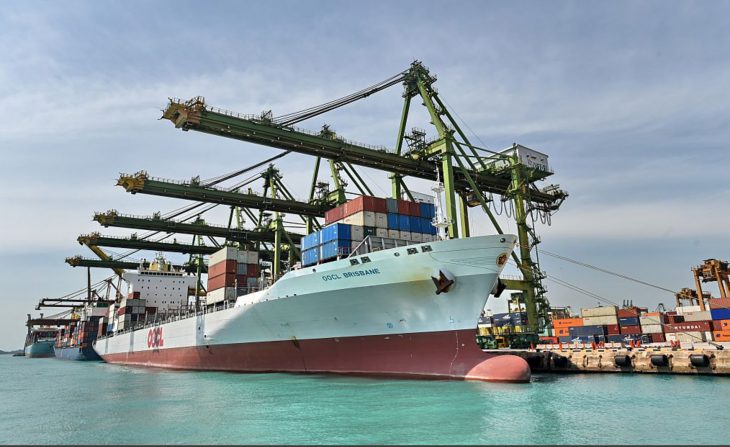The U.S. signed the Trans-Pacific Partnership trade deal last year, then decided not to implement it. The 11 other signatories have given themselves until November to decide whether to go ahead anyway. They shouldn’t need half that long. The deal as it stands is far better than none.
Contrary to warnings from some quarters, America’s absence needn’t kill the agreement. Negotiators mainly have to change the clause that says it must be ratified by countries accounting for 85 percent of the 12 members’ gross domestic product (the U.S. is 60 percent). Other provisions dealing specifically with the U.S. will need to be adjusted or ignored, but if the 11 want to proceed, they can.
Some are hesitating. Malaysia and Vietnam, whose prime minister visits the White House this week, say they made concessions only in return for better access to the massive U.S. market. Yet apart from a few areas such as textiles, footwear, agriculture and some auto products, the U.S. market was already pretty open. Without the U.S., expanded intra-regional trade will deliver smaller benefits, but the deal is still a net plus.
The fact is, many of the so-called concessions granted during the talks don’t require reciprocal sacrifices to make sense — they’re valuable in their own right. The TPP requires structural reforms in Japanese agriculture, for instance, and Vietnam’s state-owned industries. The respective governments understand that those changes are necessary to raise productivity and living standards, but they’re politically challenging. The TPP is a way to carry them forward.
In other ways, too, there’s more to the deal than lower tariffs. The TPP offers a standard-setting rulebook for doing business globally in the 21st century, covering intellectual property, digital trade and environmental protection. If it goes ahead, membership is likely to grow. Before long, South Korea and Indonesia will feel inclined to sign up. Nations far from the Pacific Rim will look to TPP rules for guidance on how to stay competitive.
The only party to lose in this scenario is the U.S. It will forgo the gains in trade it would have enjoyed, and it will have less leverage in future trade talks with Japan, Canada and Mexico. Some U.S. companies may shift operations to other TPP members to take advantage of concessions originally won by U.S. negotiators. If that is how things unfold, the U.S might ask to be let back in.
Malaysia has proposed a different way forward — a more exhaustive renegotiation of the pact. This seems ill-advised. It would make things difficult for countries such as Japan and New Zealand that have already ratified the TPP, and would delay implementation far past the end of this year.
Better to bank what’s already been achieved, then build on that. No question, this would be a smaller success than the TPP’s architects had hoped, but a notable achievement nonetheless.
To contact the senior editor responsible for Bloomberg View’s editorials: David Shipley at davidshipley@bloomberg.net.
Source :Bloomberg



